
views
Prepping the Glass and Making Slurry
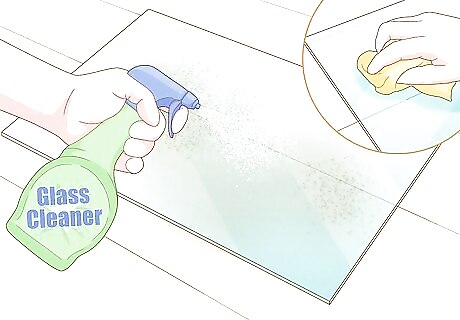
Clean off the glass surface with cleaner before you start polishing. Wipe down the glass with your preferred glass cleaner and a soft, clean cloth. Get rid of any dust, dirt, or grime that’s sticking to the glass, as these can create more scratches during the polishing process. As a precaution, double-check that the glass surface is completely clean before you start polishing it.
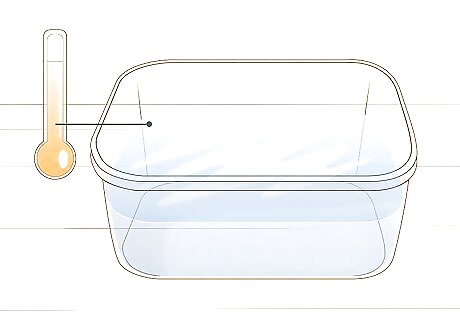
Fill a small basin halfway with warm water so you can soak your pad. Set a small, 1 US pt (0.47 L) or 1 US qt (0.95 L) container on your work surface. Pour warm water into the basin until it’s filled halfway. The size of the container really depends on the size of your polishing pad and the size of the project that you’re polishing. If you’re working with a small section of glass, you can use a 1 US pt (0.47 L) container.
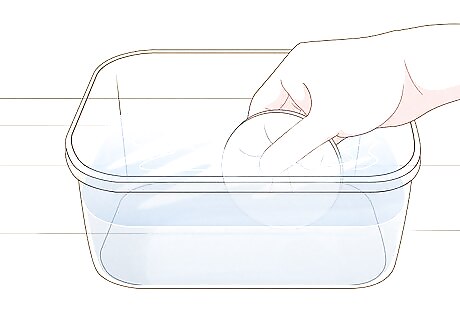
Dip your polishing wheel in the warm water. Grab a new polishing wheel, or remove it from your electric drill if it’s still attached. Soak the surface in the warm water, which will make it easier to apply the cerium oxide slurry to the glass. The pad only needs to be damp, but not dripping wet.

Mix 2 parts of cerium oxide with 1 part of lukewarm water in a second plastic bin. Pour several spoonfuls of cerium oxide powder into another empty plastic bin. Stir a smaller amount of lukewarm water into the bin to mix the powder until it has a watery, slightly creamy texture. You may want to make a large batch of slurry if you’re polishing something big, like a glass tabletop. The slurry should have a paint-like consistency, which helps it adhere to the pad and glass.
Polishing with the Slurry

Connect the damp polishing pad to your drill. Check that the pad is securely attached to the electric drill so it doesn’t fall off when you start polishing your glass. For extra guidance, read the instructions with your polishing pad or drill.
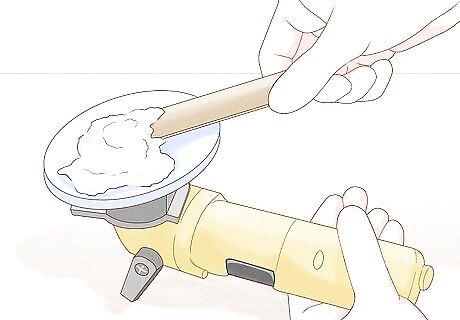
Coat the surface of your pad with the cerium oxide mixture. Hold the drill and dip the pad into the cerium oxide slurry. Don’t cake the pad with the mixture, but check that the surface is completely covered. You can always dip your pad into more cerium oxide later.
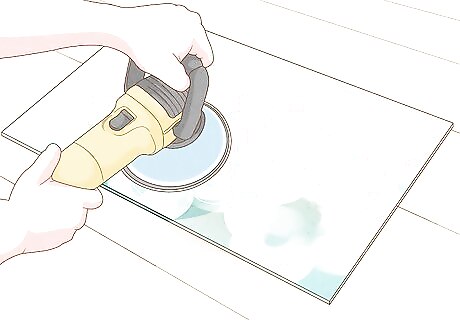
Polish your glass with the pad once you’ve made the slurry. Use the cerium oxide sooner rather than later, so the mixture doesn’t dry out. Keep the container of cerium oxide slurry near your polishing project for easy access.
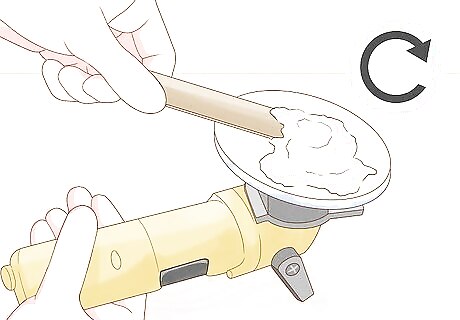
Add more paste to the pad if it dries out. Dip your pad into the paste again if the slurry doesn’t seem to be sticking the glass and polishing properly. If the slurry starts drying on your glass, spritz over it with lukewarm water. The slurry can cause long-term damage to your glass if it dries completely.
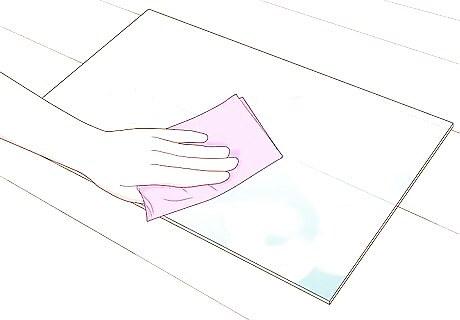
Wipe off the slurry after you’ve polished the surface. Take a clean cloth and get rid of any leftover slurry on the glass. You’ll probably use multiple coats of cerium oxide slurry to polish your glass project, so you’ll need to wipe off the leftover mixture after each round of polishing.



















Comments
0 comment